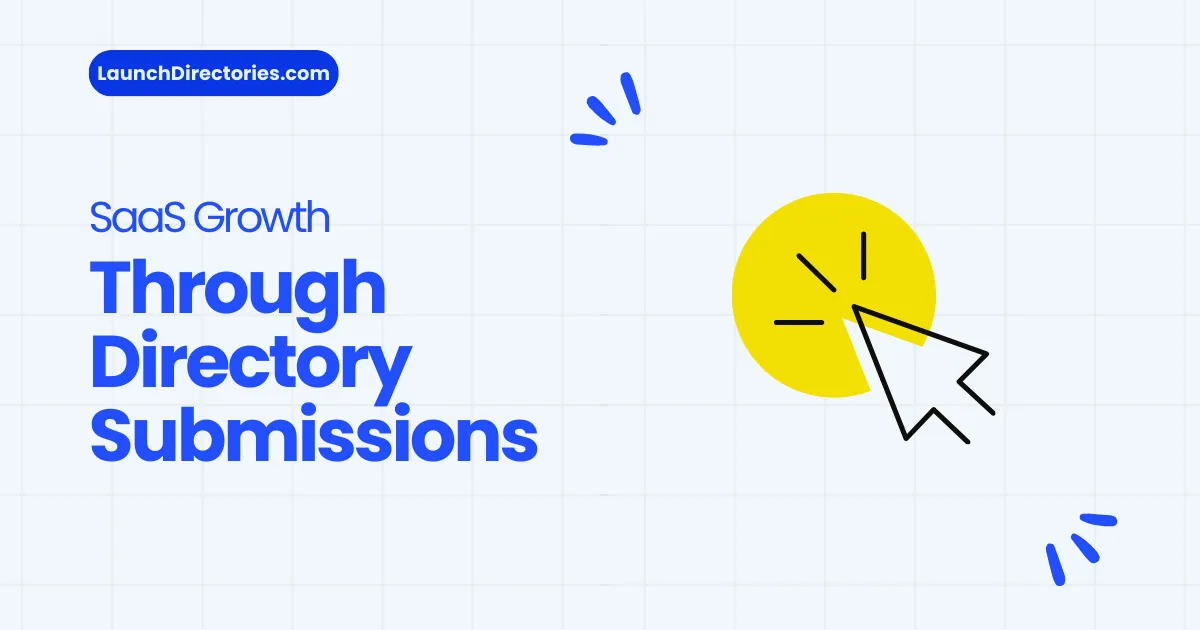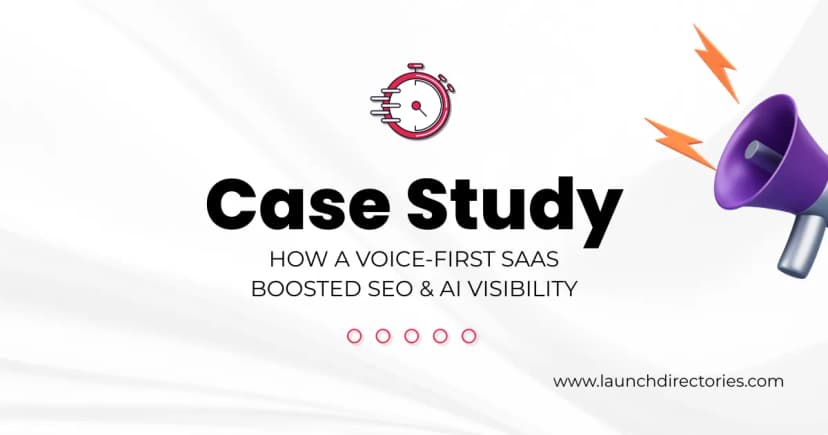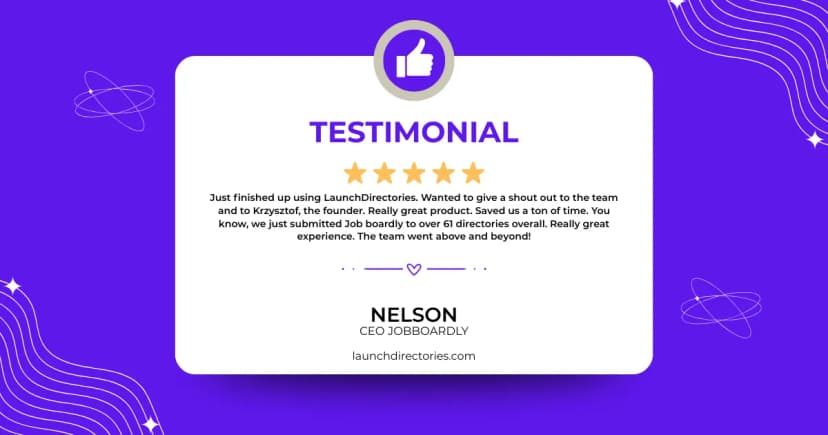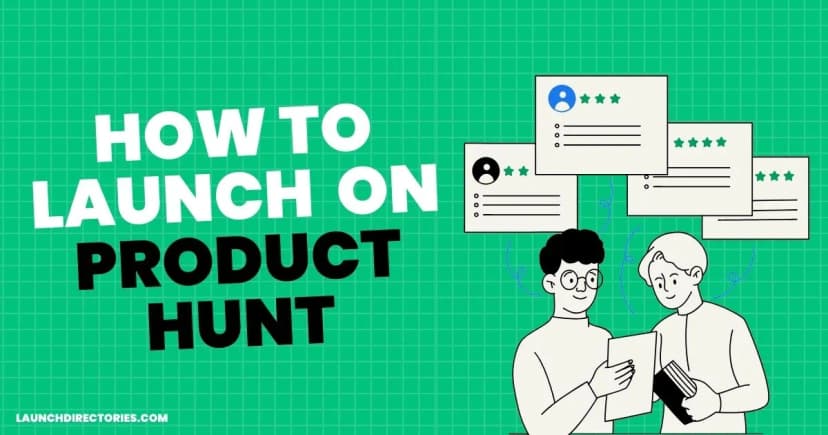The Untapped Potential of Directory Marketing
The cost of acquiring a new customer in the SaaS world can be staggering, often pushing founders toward expensive ad campaigns with diminishing returns. But what if there was a more sustainable channel hiding in plain sight? Strategic saas directory submissions are a foundational, yet frequently underestimated, part of effective saas marketing strategies. Many see directories as a simple box to check, but their real value lies in connecting you with a pre-qualified audience.
Think about the user journey. Someone scrolling through social media might be passively aware of a problem, but a person browsing a software directory is actively looking for a solution. They are not window shopping; they are in the store with a specific need. This means the leads you generate are already much further down the sales funnel, making your sales cycle shorter and more efficient.
The benefits are twofold. First, you get immediate access to high-intent users who are comparing options and ready to make a decision. Second, you build a long-term asset for your saas seo strategy. Each listing on a reputable directory creates a backlink, signaling to search engines that your product is a credible solution. This is not a quick fix, but a deliberate process where careful selection and execution separate the successful from the forgotten.
Choosing the Right Directories for Your SaaS

The common impulse is to submit your product to every directory you can find. This is a mistake. A quality-over-quantity approach is far more effective. Your goal is not to be everywhere, but to be in the right places where your ideal customers are already looking. To do this, you need a clear framework for vetting potential platforms and understanding their unique purpose.
Types of SaaS Directories to Consider
Not all directories serve the same function. Aligning your choice with your marketing goals is essential for success:
- General Review Sites: Platforms like G2 and Capterra are the titans of the industry. Listing here is about building broad social proof and trust. Prospects often use these sites for final validation before purchasing.
- Niche Industry-Specific Directories: These are directories focused on a single vertical, like legal tech, healthcare software, or tools for non-profits. The audience is smaller but highly targeted, making them perfect for reaching specific user personas.
- Comparison and Alternative Sites: Platforms like AlternativeTo help you capture users who are actively looking to switch from a competitor. A presence here positions your product as a direct solution for their dissatisfaction.
- Launch Platforms: These sites are designed to generate initial buzz and attract early adopters. While Product Hunt is the most well-known, there are many effective Product Hunt alternatives where founders should launch to diversify their reach and build momentum.
A Framework for Vetting Directories
Before submitting, evaluate each directory against these three criteria to build a targeted list that will increase saas visibility meaningfully:
- Audience Fit: Does the directory's typical user match your ideal customer profile? Look at the other products listed and the language used on the site.
- Category Relevance: Can you list your product in a category that accurately describes what it does? Being the best fit in a relevant category is better than being lost in a generic one.
- Domain Authority: Use a free online tool to check the directory's domain authority (DA). A higher DA suggests the backlink will provide more SEO value.
| Directory Type | Primary Goal | Audience Stage | Example Platform |
|---|---|---|---|
| General Review Sites | Build broad trust and social proof | Bottom of Funnel (Comparison/Validation) | G2, Capterra |
| Niche Industry Directories | Reach highly targeted user personas | Mid-Funnel (Solution Aware) | A directory for legal tech or non-profit software |
| Comparison & Alternative Sites | Intercept competitor traffic | Bottom of Funnel (Decision) | AlternativeTo, SaaSWorthy |
| Launch Platforms | Generate initial buzz and early adopters | Top of Funnel (Awareness) | Product Hunt, BetaList |
This table outlines the strategic purpose of different directory categories, helping founders align their submission strategy with specific marketing goals and audience stages.
Crafting a Listing That Converts
Simply being listed is not enough. Your directory profile is a digital storefront, and it needs to persuade visitors to step inside. We have all experienced the frustration of reading a product description and still not understanding what it actually does. A well-crafted listing avoids this by focusing on clarity, benefits, and visual appeal, turning passive browsers into active leads.
Here are the core components of a listing that helps you get saas customers:
- Write Benefit-Driven Descriptions: Don't just list features; explain the value they deliver. A feature is what your product does, while a benefit is what the customer achieves. For example, instead of saying "AI-powered analytics" (a feature), say "Instantly uncover hidden revenue opportunities in your data" (a benefit).
- Create a Powerful Headline: Your headline is the first thing a user reads. It must immediately communicate who your product is for and the primary problem it solves. Be specific and avoid jargon.
- Incorporate Keywords Naturally: Think about the exact phrases a potential customer would type into a search bar. Weave these problem-oriented keywords into your description to improve your visibility within the directory's internal search.
- Use High-Quality Visuals: A clean logo, crisp product screenshots, and a short demo video can convey your product's value faster than text alone. These visuals should show your product in action, giving users a clear picture of the experience.
Once you have perfected your listing copy and visuals, you can start applying them to the platforms you have identified. You can find a comprehensive software directory to begin your submission process with these best practices in mind.
The SEO Benefits of Strategic Submissions
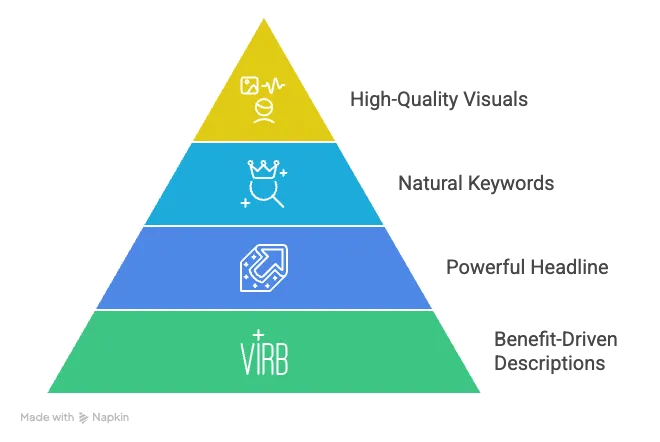
Beyond direct traffic, a thoughtful directory strategy is a powerful tool for search engine optimization. As mentioned earlier, backlinks are a key component, but their quality matters immensely. A strong saas seo strategy prioritizes relevance and authority over sheer volume.
How Backlinks from Directories Boost Rankings
Think of backlinks as votes of confidence from other websites. When a reputable, high-authority directory links to your site, it signals to search engines like Google that your product is credible and trustworthy. This gradually improves your website's ranking for relevant search terms. However, not all links are created equal. A single link from an authoritative industry directory is far more valuable than dozens of links from generic, low-quality sites. For this reason, it is wise to focus your efforts on platforms known for their quality, such as the ones found in lists of the top 10 dofollow directories for SEO backlinks.
The Importance of NAP Consistency
Another often-overlooked SEO factor is NAP consistency. This refers to your Name, Address, and Phone Number. Even for a global SaaS company without a physical storefront, ensuring this information is identical across all directory listings helps build local SEO authority. Search engines use this data to verify your business's legitimacy. Inconsistent information can create confusion and dilute your authority, so a quick audit to ensure uniformity is a simple but effective win.
A Long-Term Strategy for Directory Management
Submitting your product to a directory is the beginning, not the end. Your listings are living assets that require ongoing attention to remain effective. Treating this as a continuous process is a hallmark of mature saas marketing strategies, ensuring your profiles stay accurate, engaging, and measurable.
Here is a simple routine for managing your directory presence for the long term:
- Conduct Quarterly Audits: Your product evolves, and your listings should too. Schedule a regular check-in every three months to update screenshots with your latest UI, add new features to the description, and ensure pricing information is current. An outdated profile can confuse or even deter potential customers.
- Engage with All Reviews: Make it a habit to respond to every review, both positive and negative. Thanking users for positive feedback reinforces their decision, while a thoughtful, non-defensive response to criticism can demonstrate excellent customer service and actually win over prospects who are watching how you handle issues.
- Track Performance with UTMs: How do you know which directories are worth your time? Use UTM parameters in your website links. These are simple tags added to a URL that allow you to track the source of your traffic in Google Analytics. This data shows you which listings are driving traffic and, more importantly, which are converting into sign-ups.
By consistently managing and tracking your submissions, you can refine your approach over time. A centralized platform like the one we offer at Launch Directories can help you find and manage these listings efficiently, turning a scattered effort into a cohesive strategy.
Free vs. Premium Listings: Making the Right Investment
One of the most common questions founders have is whether to pay for a premium directory listing. The answer depends entirely on data. The first step in learning how to promote saas product without wasting money is to build a strong foundation with free opportunities.
Every SaaS company should maximize its presence on free listings first. These create your baseline for traffic and lead generation. Paid listings typically offer benefits like premium placement at the top of a category, the ability to add more content like videos or case studies, and access to better analytics. While these perks are tempting, investing without proof is a gamble.
Here is a simple rule to guide your decision: consider a premium listing only after your free listing on that same platform has proven to drive qualified traffic and leads. If a free profile is already sending you valuable customers, paying to enhance it can amplify those results. If it is not, a paid placement is unlikely to fix the underlying issue, which could be a poor audience fit or an unconvincing description. By tracking performance first, you turn a speculative expense into a strategic investment. You can explore what these investments might look like by reviewing our pricing options to see how they align with your proven channels.
